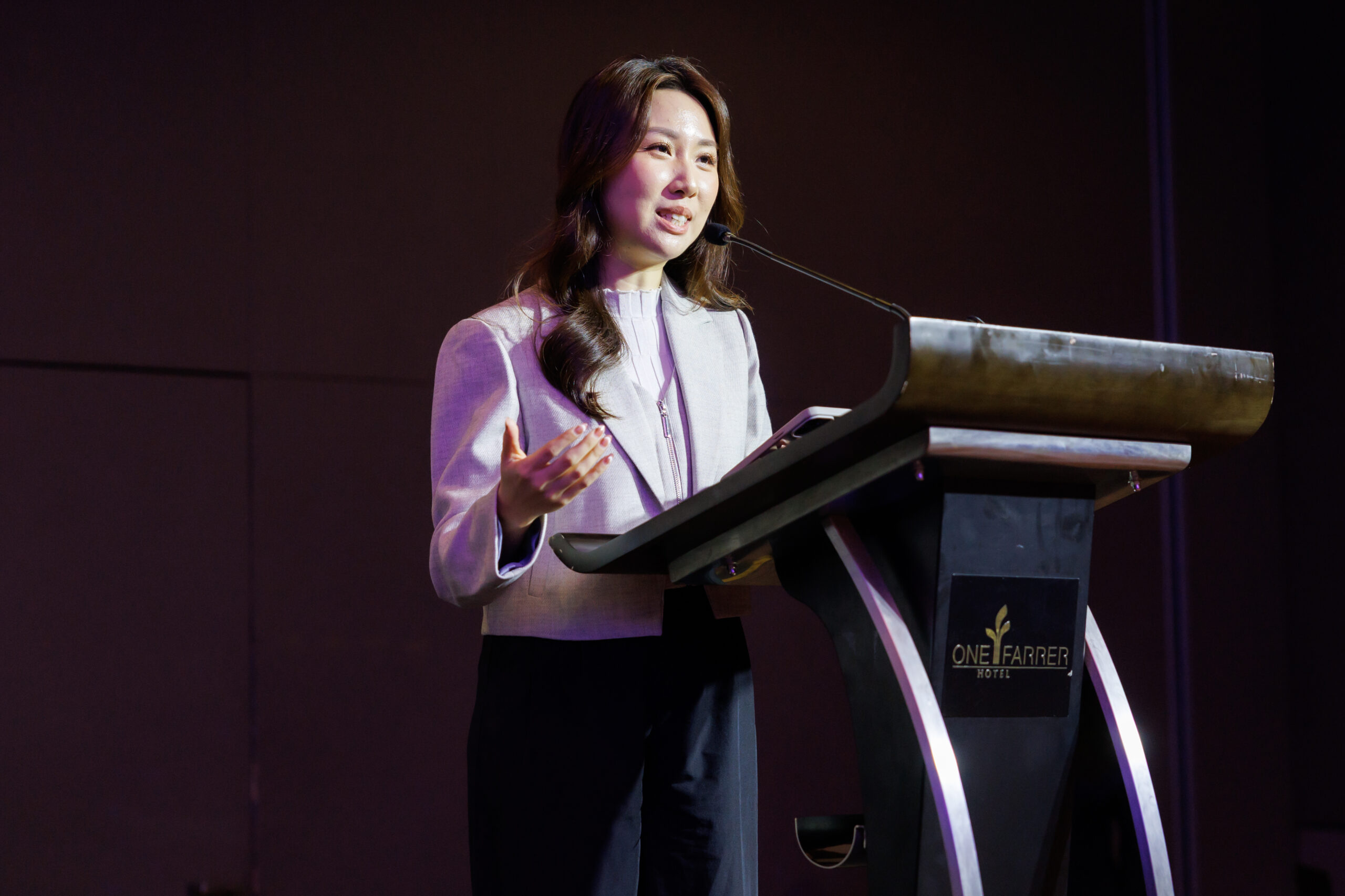Two Cents: The emergence of the hybrid workforce
- Shawn Liew

As you are reading this column, it is likely that Singapore is edging ever closer to phase 3 of the country’s safe reopening.
After the tumultuous year that was 2020, this will a welcome development for many Singaporeans who crave for a return to the ‘normalcy’ before COVID-19 became a sobering reality. However, while regulations regard to social activities will continue to be relaxed across the country, the workplace is unlikely, if at all, to return completely to pre-pandemic practices.
Giving an update this October, Gan Kim Yong, Singapore’s health minister, suggested as much when he said that to keep workplaces “safe” and to “minimise crowding”, employees should continue to work from home for at least half of their working time, and there should be no more than 50 percent of such employees at the workplace at any one time.
Enter the hybrid workforce of 2021.
While the decision to return to the workplace, and in what capacity, will be considerably dictated by government directives, organisations across Asia have critical decisions to make as they begin to plan their business strategies for 2021.
HR leaders need to step up and make the right decisions when it comes to the pandemic and the workplace. For instance, when should employees come back into the office and how can you keep them safe? Have you listened to employees’ concerns before telling them to return to the office or stay at home mandatorily? What are the potential legal issues that organisations need to consider before implementing a full or partial return to the workplace?
Conversely, will some organisations decide to permanently adopt work from home (WFH), which could conceivably become a relative term as mobility becomes key for those seeking to move away from the traditional, physical work office.
Instead, work from anywhere (WFA) is poised to be synonymous with the concept of remote working. As the digital transformation continues to gain pace across Asia, any location with a conducive environment and stable Internet connection, may be well-served to be a workstation for remote workers.
A five-star hotel in Penang’s Gurney Drive, for instance, has introduced co-working spaces in its establishment for people to work away from family, while another Penang hotel in the heart of George Town has transformed a whole floor of suites into meeting rooms for six to eight people each.
With neither a full return to the workplace, nor a full transition to WFH/WFA likely to materalise in 2021, what are the key considerations business or HR leaders should consider before making any decisions?
Start by placing employees at the heart of any decision-making process, is perhaps the most prudent approach moving forward. While employee safety will be a top priority as the world awaits a working vaccine for the pandemic, organisations also need to consider employees’ mental well-being, at a time when many are still feeling stressed or uncertain about what the future holds.
After all, people are fragile, and living in agile times, remarked Jason Averbook, Global Keynote Speaker, CEO and Co-Founder, Leapgen. Speaking recently at HRM Asia’s CHRO Online Series virtual event, he highlighted that instead of just pushing out more processes or tools, HR leaders need to make employees feel that the organisation cares about them.
While leaders need to develop strategies, deploy and measure them, they also need to ensure they have the right mindset and vision for success, and are able to effectively redeploy resources in an agile way, Averbook added.
Essentially, the gist of the message is this: Without the support and commitment by employees, the best thought business strategy or plan is unlikely to be successfully implemented, regardless if employees return to the workplace or continue to work remotely.
2020 was a year where many organisations were caught unawares by the unprecedented level of disruption brought forth by the pandemic. While 2021 will begin with lingering uncertainty, organisations are in a stronger position to reinvent and reposition themselves as they begin their recovery from the pandemic – with a people-first strategy leading the way.






